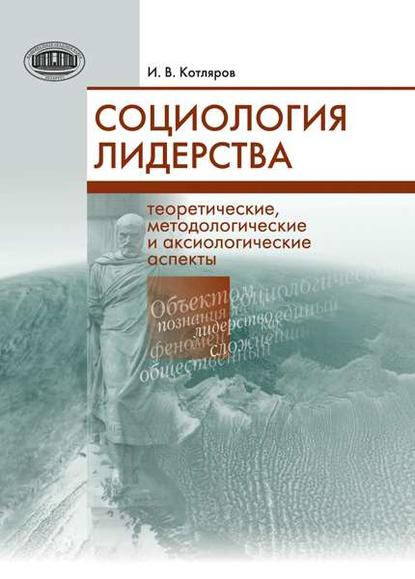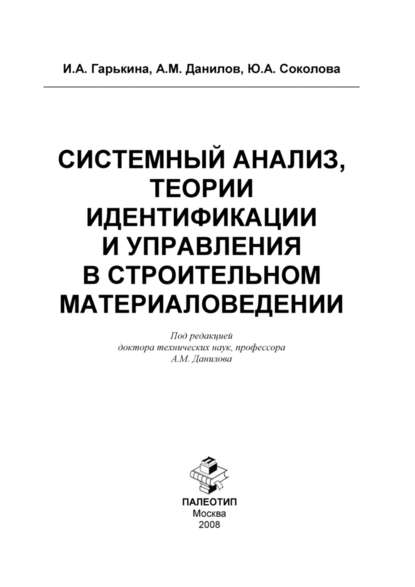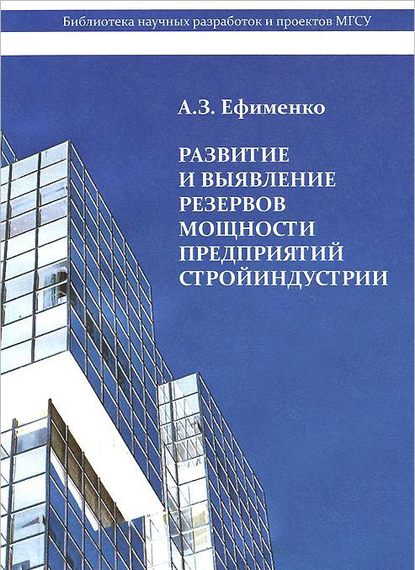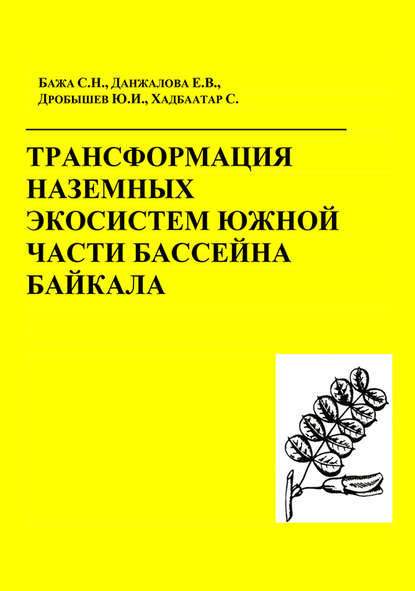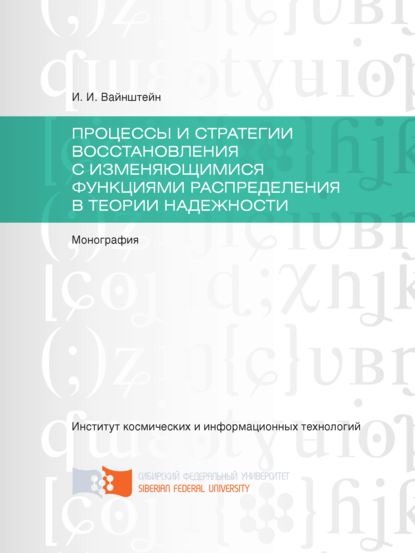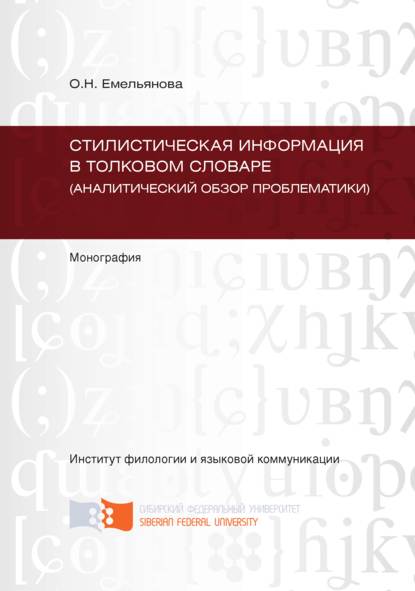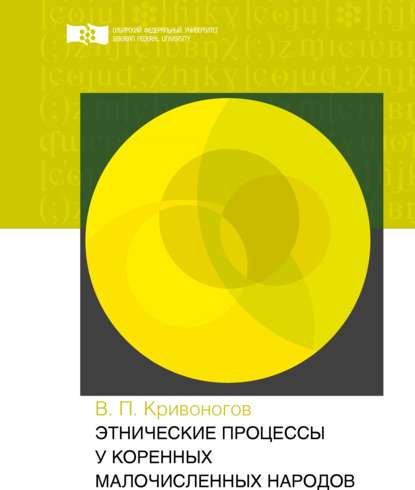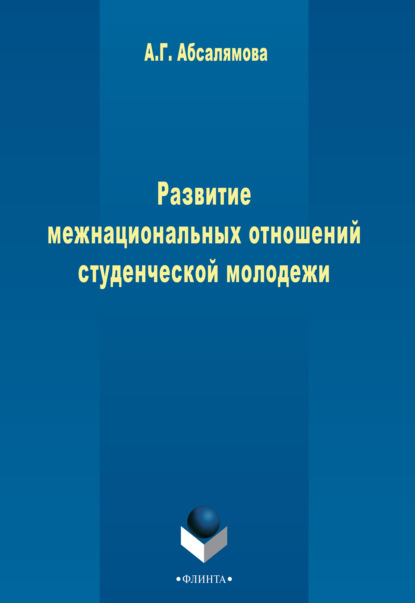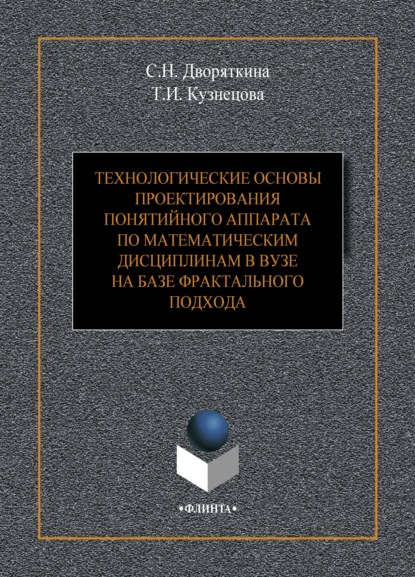Эта книга - третье издание из серии А.Т.Серкова «Гипотезы», первая книга которого была опубликована в 1980х годах. Она рассказывает о формировании химических элементов и их эволюции и распаде. В начале был создан водород (протоны), образованный конденсацией субэлементарных частиц и ядерными реакциями по механизму формирования вторичных капель, когда капля ядерной жидкости попадает на поверхность жидкого ядра атома. Увеличение массы атомов происходит по мере орбитального захвата атомов легких элементов, их последующего замедления и падения на ядро, в результате чего увеличивается частота вращения ядер, что приводит к периодическому нарушению динамических слоев границы и, соответственно, периодичным изменениям свойств химических элементов. Увеличение скорости вращения звезд с увеличением их массы указывает на то, что подобные процессы происходят и в космосе. Главный последователь Hertzsprung Russel-диаграмма отражает процесс увеличения массы звезд вследствие орбитальных захватов красных и коричневых карликов. Прогнозируются периодические изменения свойств экзопланетных систем в зависимости от массы
The book “Hypotheses–3: Genesis And Evolution Of Atoms And Cosmic Bodies” by A.T. Serkov, is the latest in a series titled “Hypotheses”, and was published in [year].
The previous books of this series, “Hypothesies ” [1], “Hypothesie –2”[2] and “Hypothesics–1”[3]), have been published by PAC and are available from these anthologies.
This book deals with the origin of chemical compounds, the evolution of their chemical composition and radioactive decay. Taking off from a simple substance, hydrogen (its protons being elementary particles), it follows the paths outlined in previous works to envisage the stages of development as its bonds are oxidized and broken into more complex compounds that could form the basis of lifeforms and inhibit the emergence of living entities on planets. One hypothesis open to new consideration expands on ‘secondary droplets’ formation when interactions between cold degenerate stellar gaseous nuclear particles interact and accelerate the hydrogen atom to create a block of protons.
In this book, A.T Serkov provides a possible explanation for the factors that govern element’s atomic masses. The author states that heavier elements develop through the capture and subsequent gradual slowing down of essential lesser than massive hydrogen elements (light elements) in stars that then graze on each other, increasing their masses and fragmenting their rotation, leading, occasionally, to an alteration in the frequency. Each tilted orbital interaction would produce an interval difference to the atomic structure of elements resulting in unusual sequential alterations to their physical parameters. These alterations would be periodically expressed in the key spectroscopic patterns of spectral lines that can be recognized in different light and radiation sources.
Understanding that the structure of the protons and neutrons is truly fundamental in the chemical explanations, A. T. Serkov aspires to comprehend the bondings within nucleus and to investigate how perturbations interact with stability thresholds of elements that influence while considering reactions such as populating protomaple cards with many collisions. By examining the efficiency and fineness in nuclear collisions, heavier nuclear ruins can transition into lighter and more versatile species.
Taken from the introduction of the book:
All one-bit microspecies in galaxies undergo collisions because of some billions decade connections between their multiplication centres. Nuclear collisions between two protonic nuclei reform a scatter of heavier, somewhat unlikely nucleonic backups during extremely brief instants which are particularly tiny compared with large periods. Collisions within borderless electron shells generate a combination of heterogeneous glowing components (lizigastrons); whilst nucleonic collisions form fissile fluorescent stars where showers of e contrajected atoms trampled their way away to distort proto domain figures and at the same time trigger gravio explosions that redraw bonds and shift proto building blocks in depth to embody celestial protoplanors that subsequently come together and join together to evolve into selfaware freezed planetoids…
Predictions for periodic changes to the nature of chemical formations are considered crucial to understanding variations within higher dimensions of orbiting planets and solar star systems and would provide astronomers with new conceptualized tools to judge the longterm character trajectory of elemental seetings and their evolutionary rates, allowing them to predict upcoming and unexpected astrophysical contexts that would essentially crystallise the entire solar system's higher level ontology even just before stardom's endgame, the end of glory, death.
Электронная Книга «Hypotheses-3. Genesis and Evolution of Atoms and space bodies» написана автором А. Т. Серков в 2020 году.
Минимальный возраст читателя: 12
Язык: Английский
Описание книги от А. Т. Серков
Book “Hypotheses-3: Genesis and Evolution of Atoms and Cosmic Bodies”. is the final one in the series “Hypotheses. Serkov AT ". The first book in this series was published in 1998. This book examines the formation of chemical elements, their evolution and decay. The initial product is hydrogen (protons), which is formed by condensation of sub-elementary particles and during nuclear reactions by the mechanism of the formation of «secondary drops» when a «drop» of nuclear liquid hits the surface of the liquid nucleus of an atom (crown splash effect). An increase in the mass of atoms occurs as a result of the orbital capture of atoms of light elements, their subsequent deceleration and fall on the nucleus, as a result of which the frequency of rotation of nuclei increases, leading to periodic disruption of dynamic boundary layers and, accordingly, to a periodic change in the properties of chemical elements. An increase in the speed of rotation of stars with an increase in their mass indicates the occurrence of similar processes in space and the main sequence in the Hertzsprung-Russell diagram reflects the process of an increase in the mass of stars due to orbital captures of red and brown dwarfs. Periodic changes in the properties of exoplanetary systems are predicted depending on the mass of stars, in particular, their sizes.



